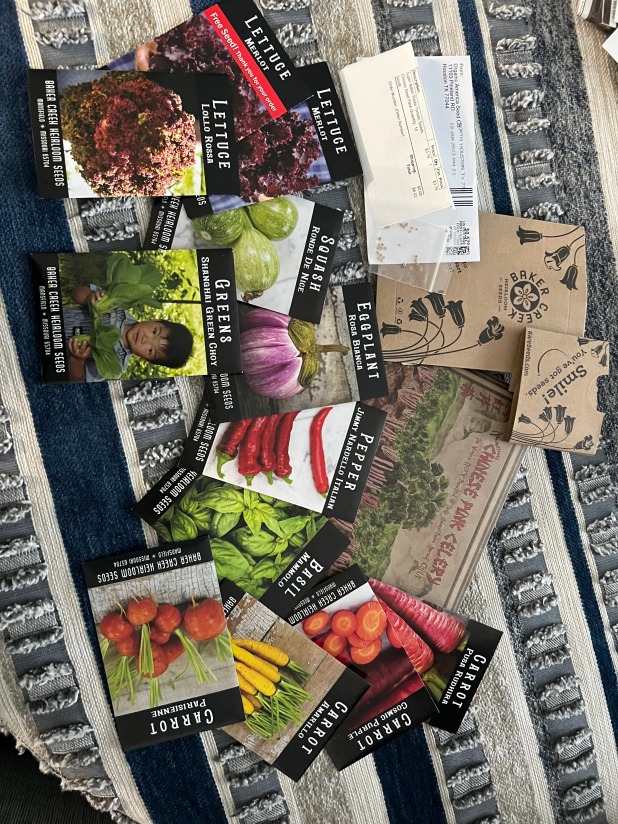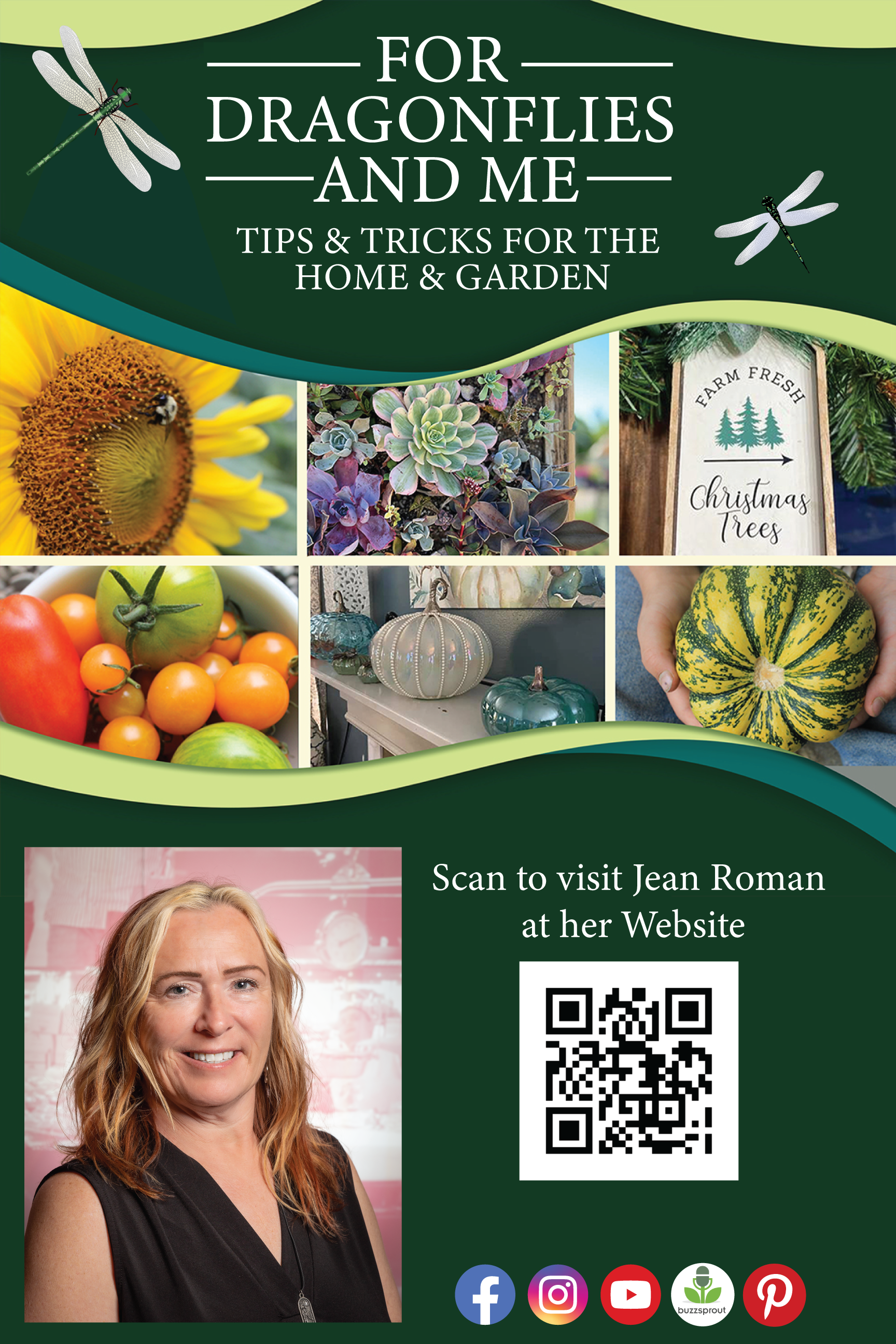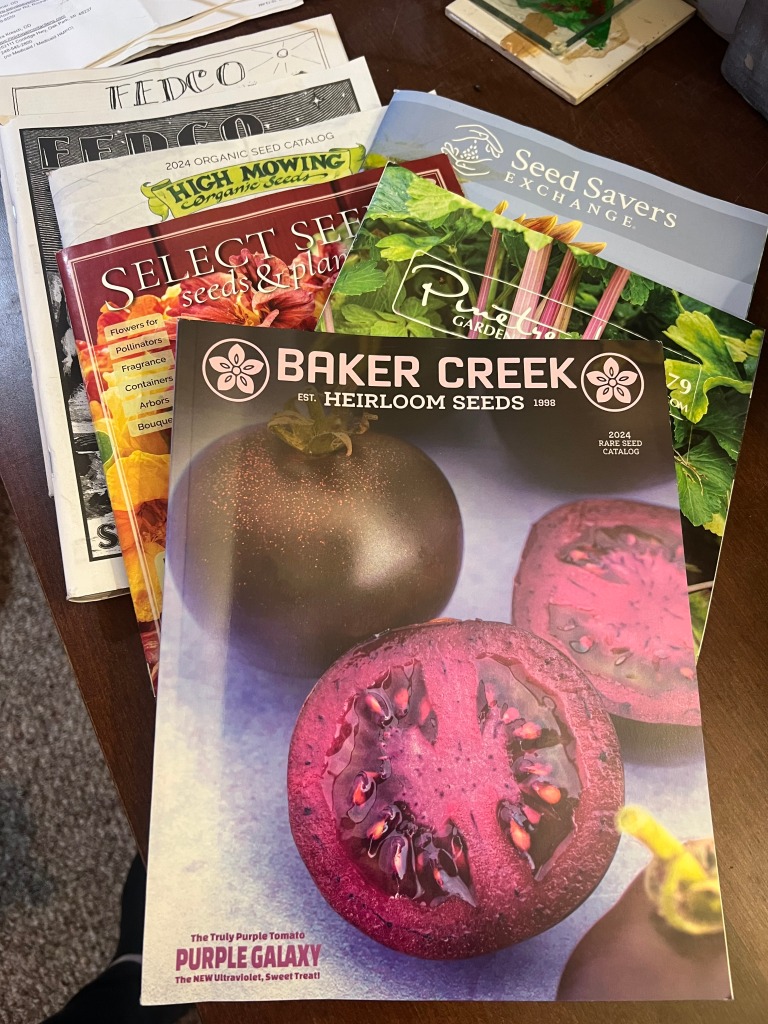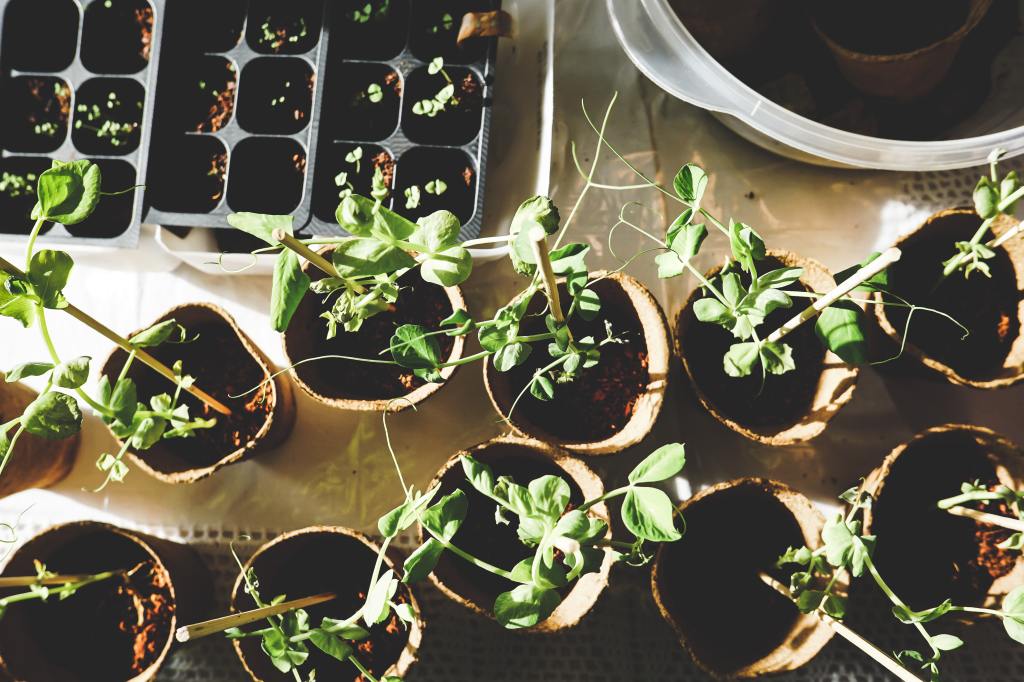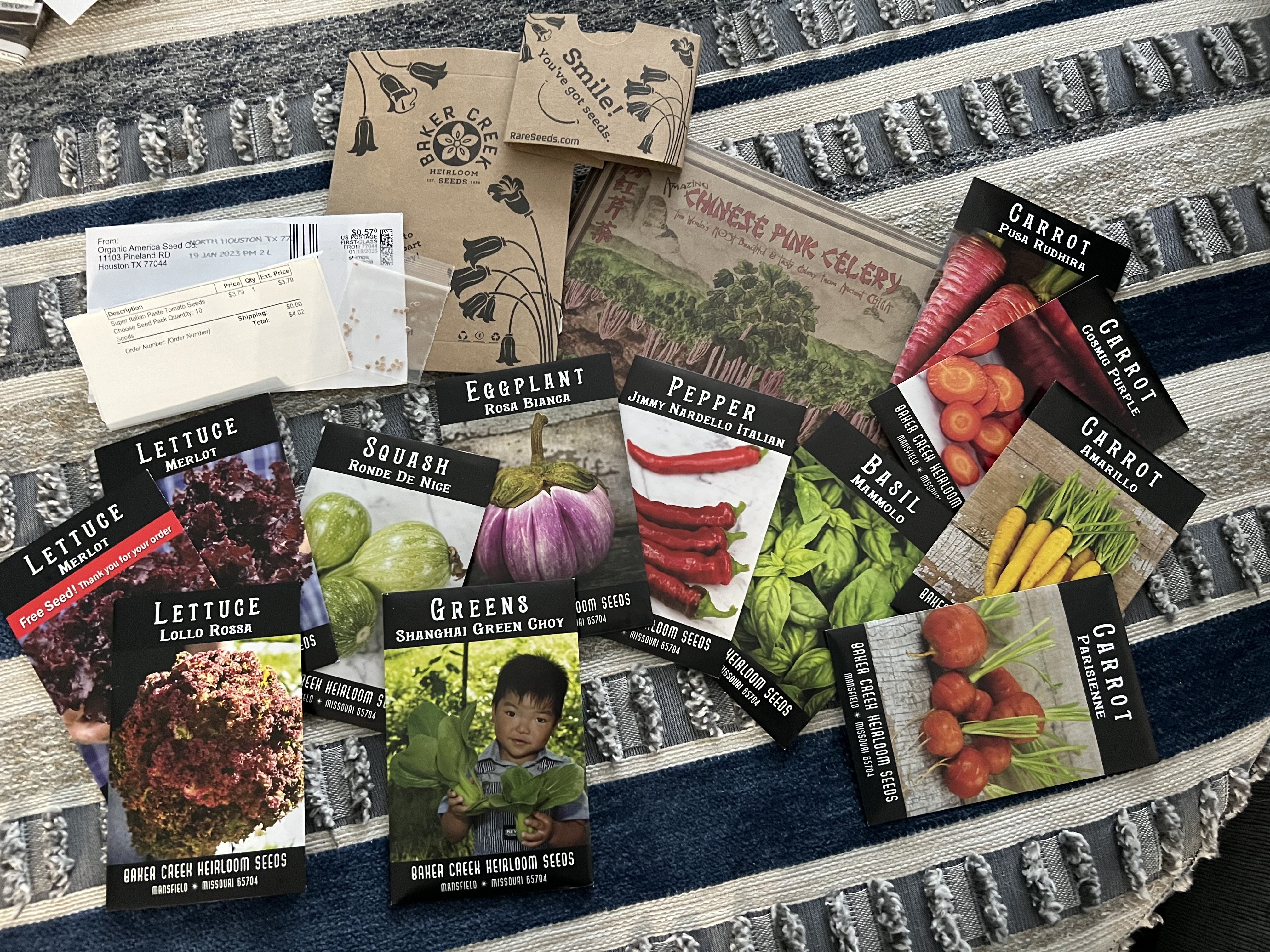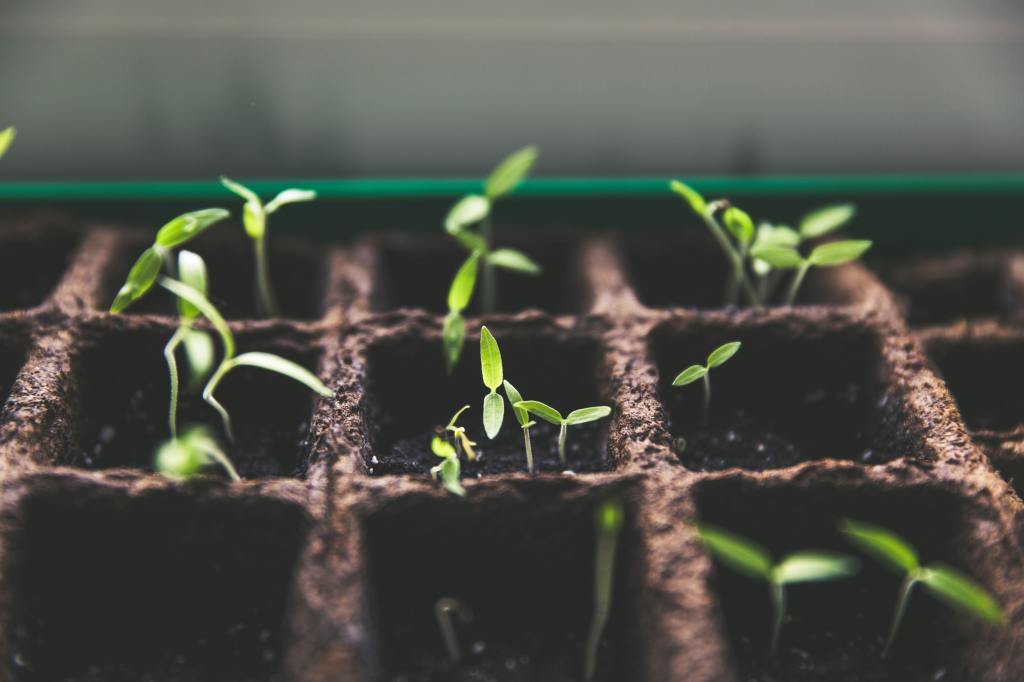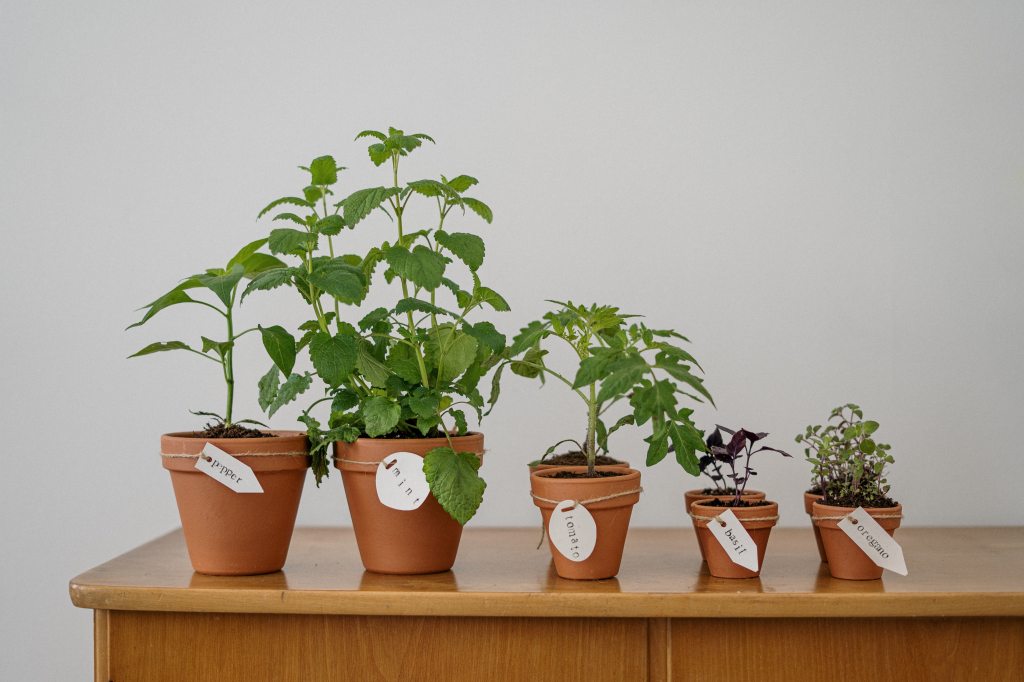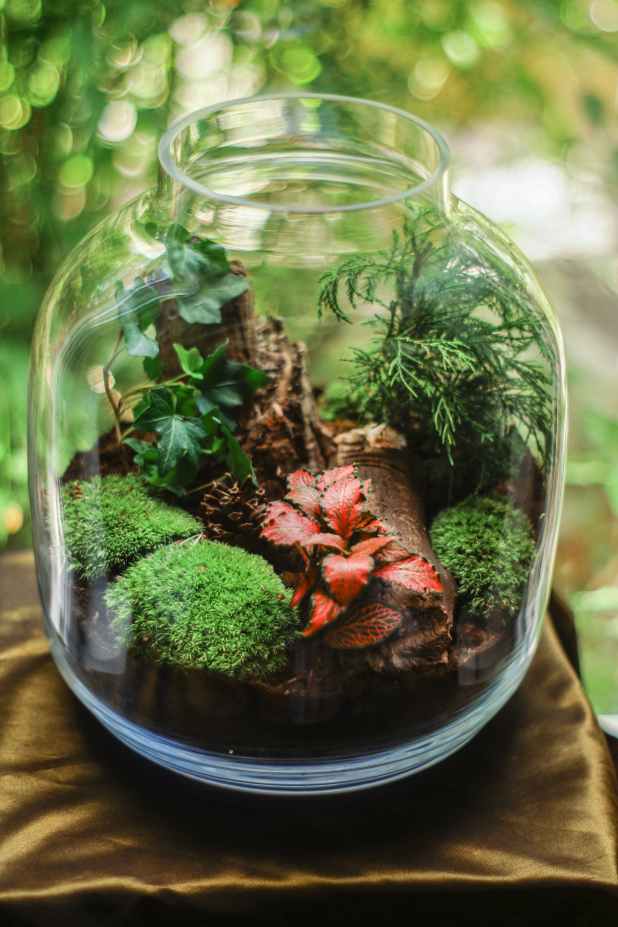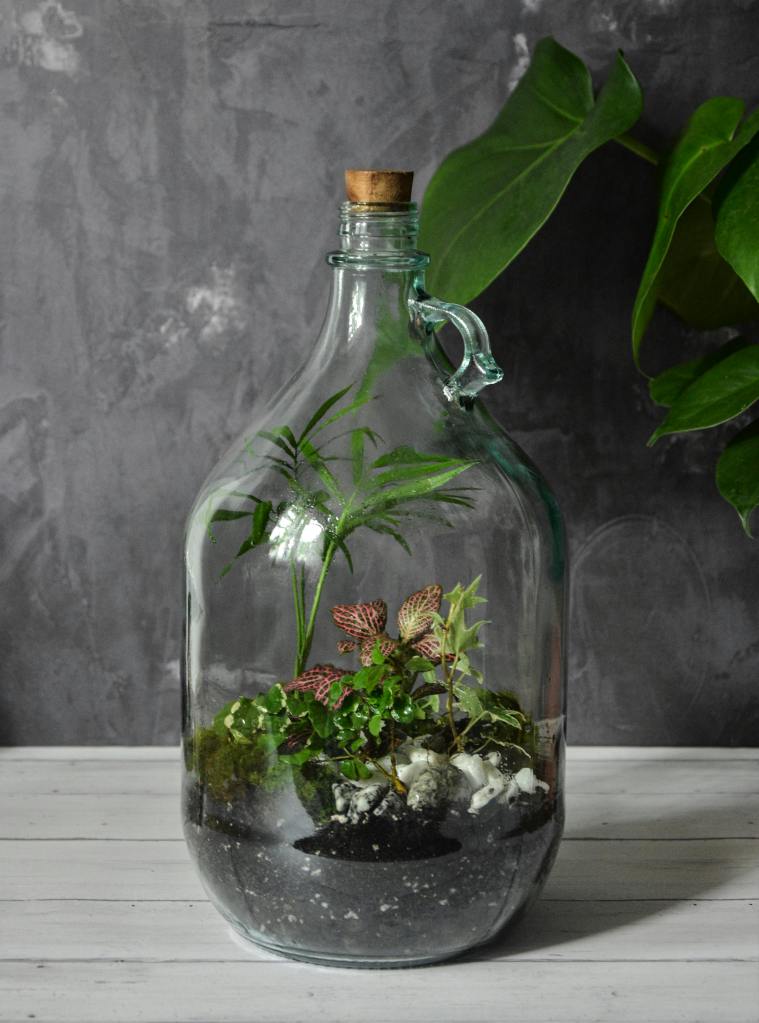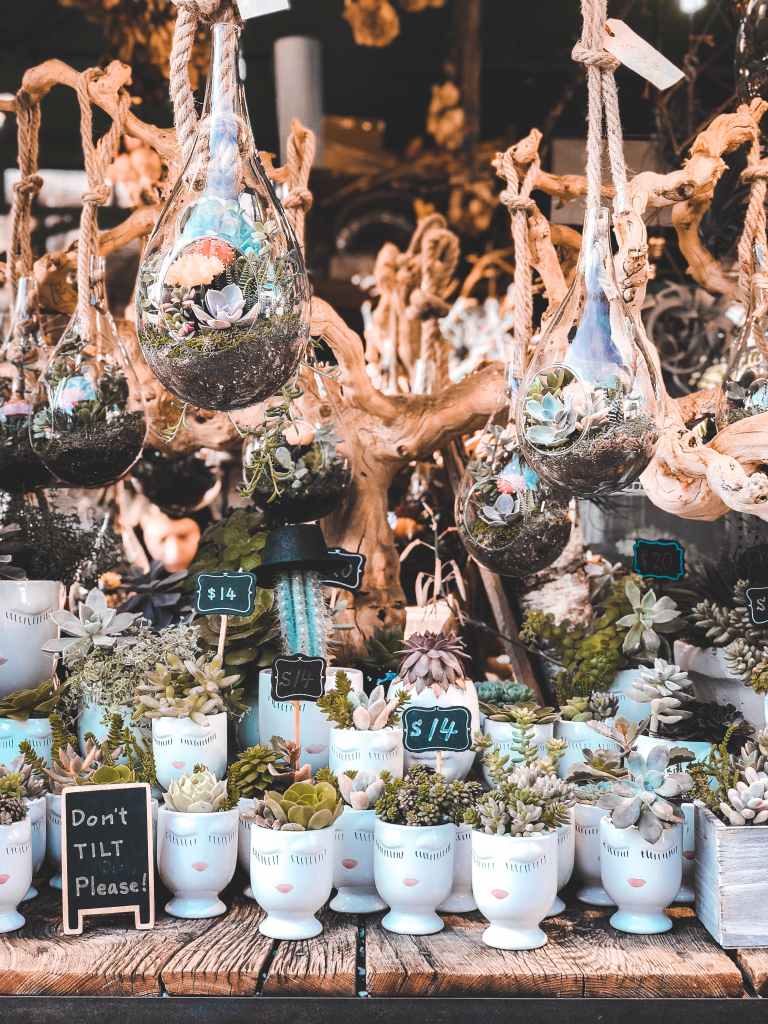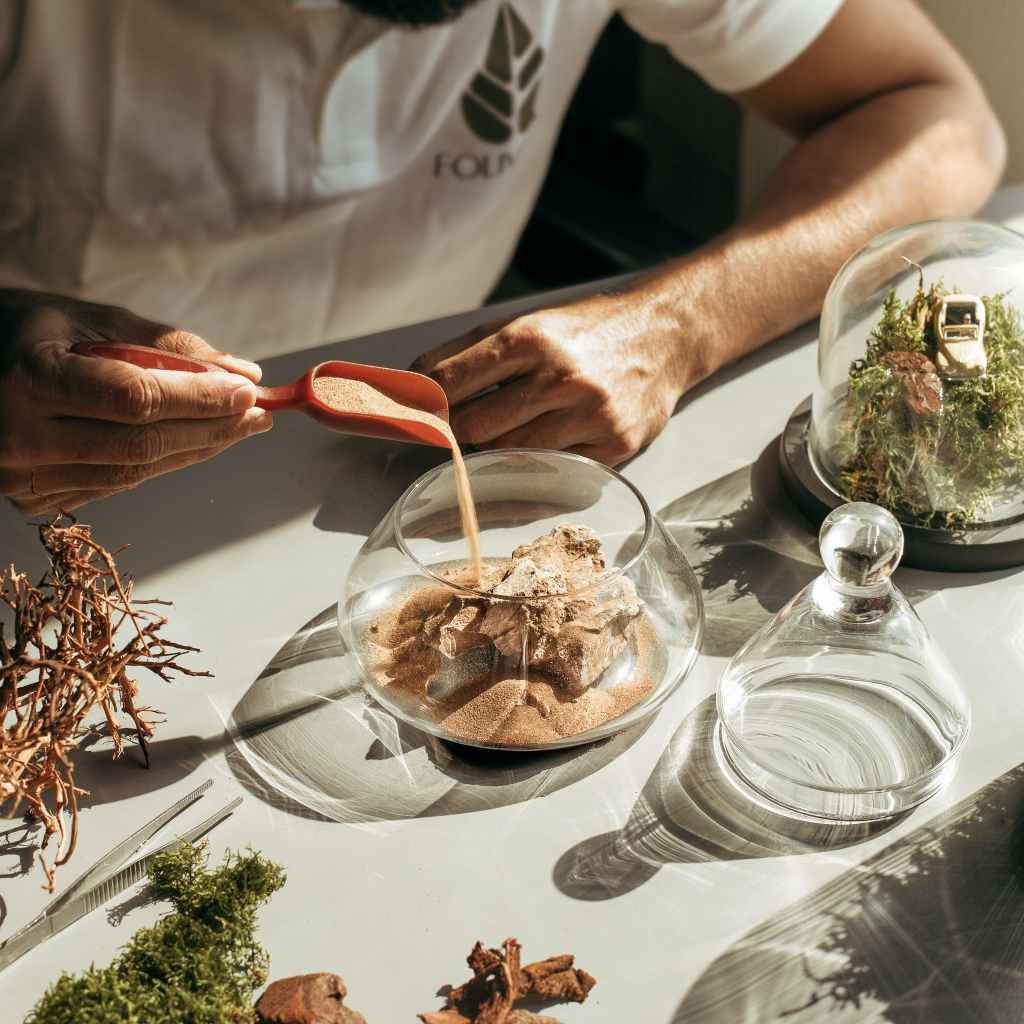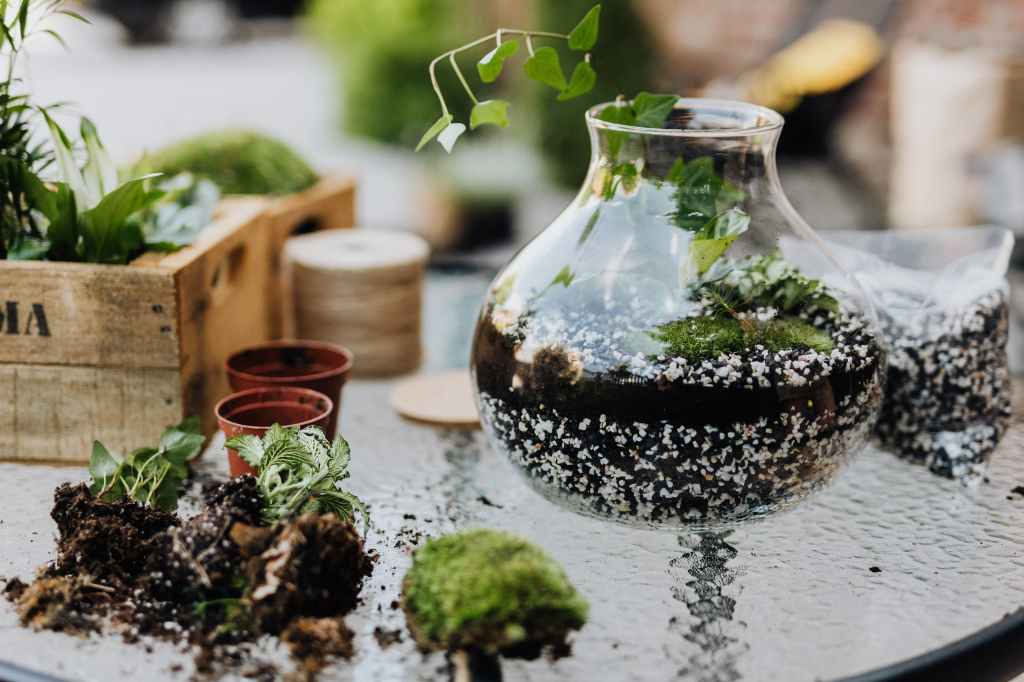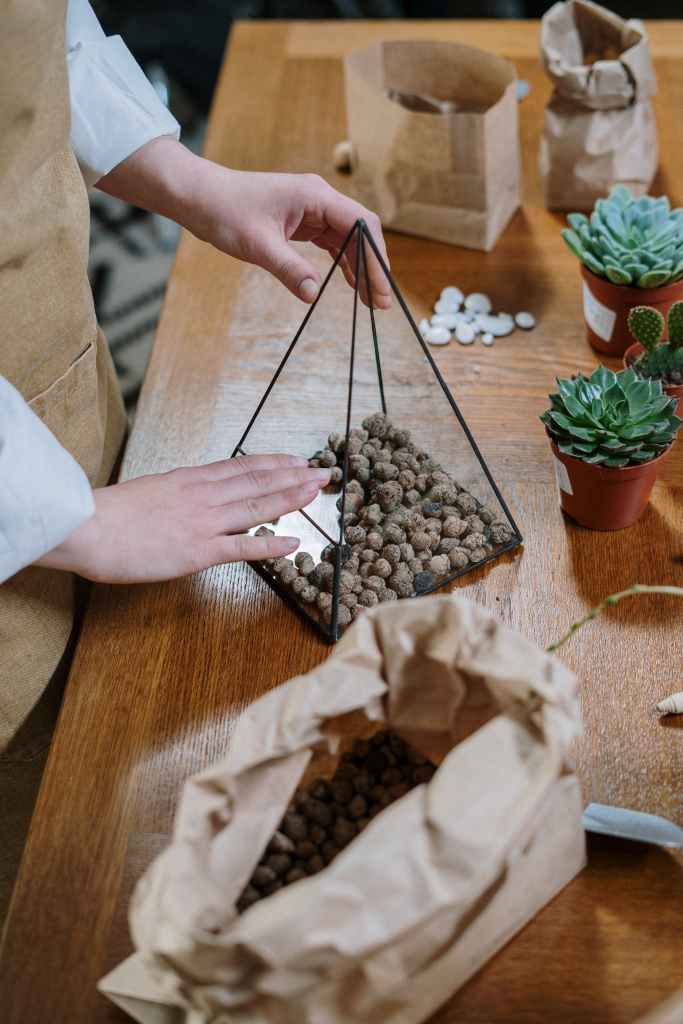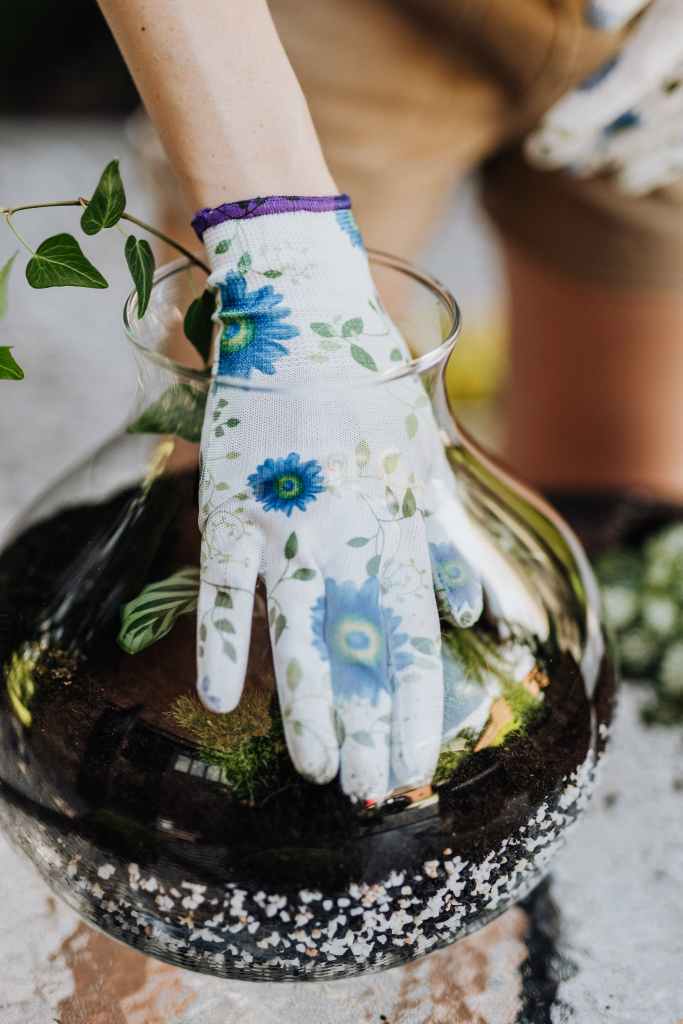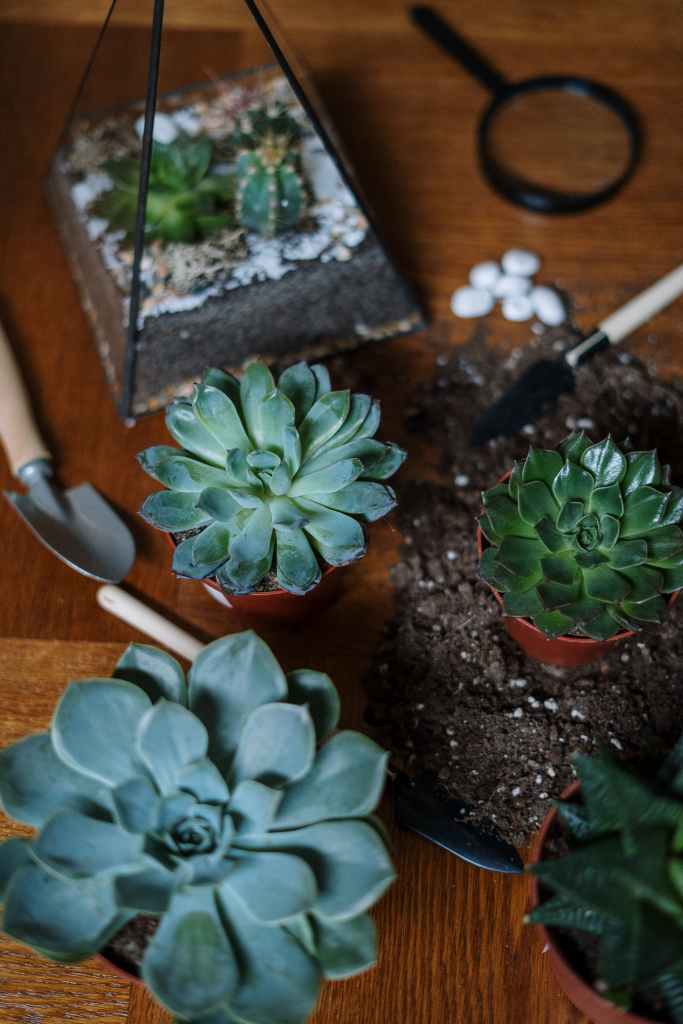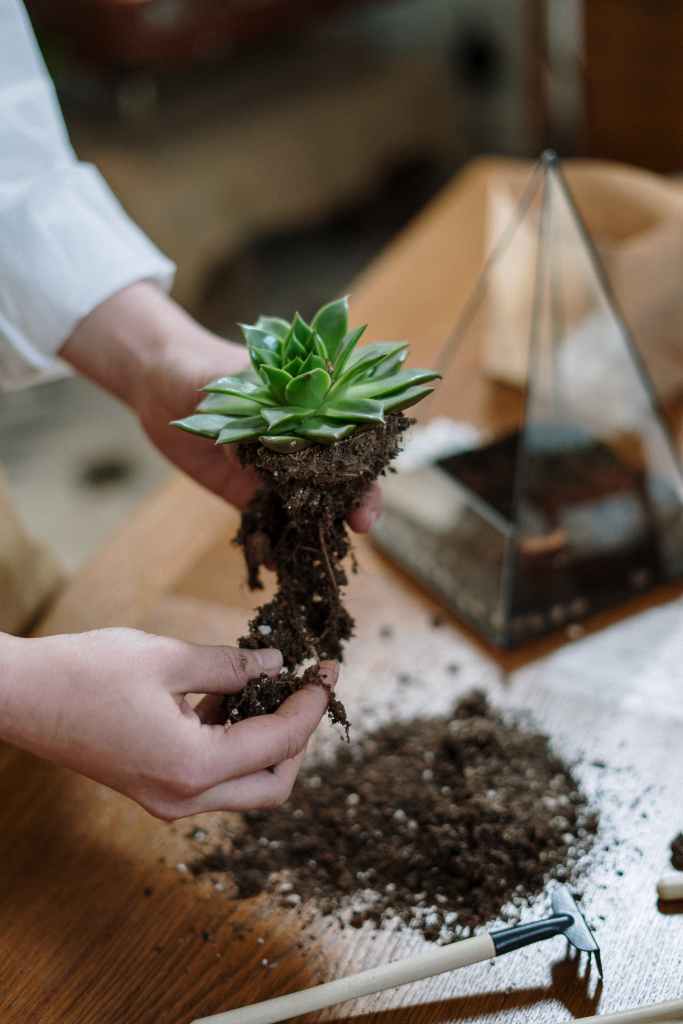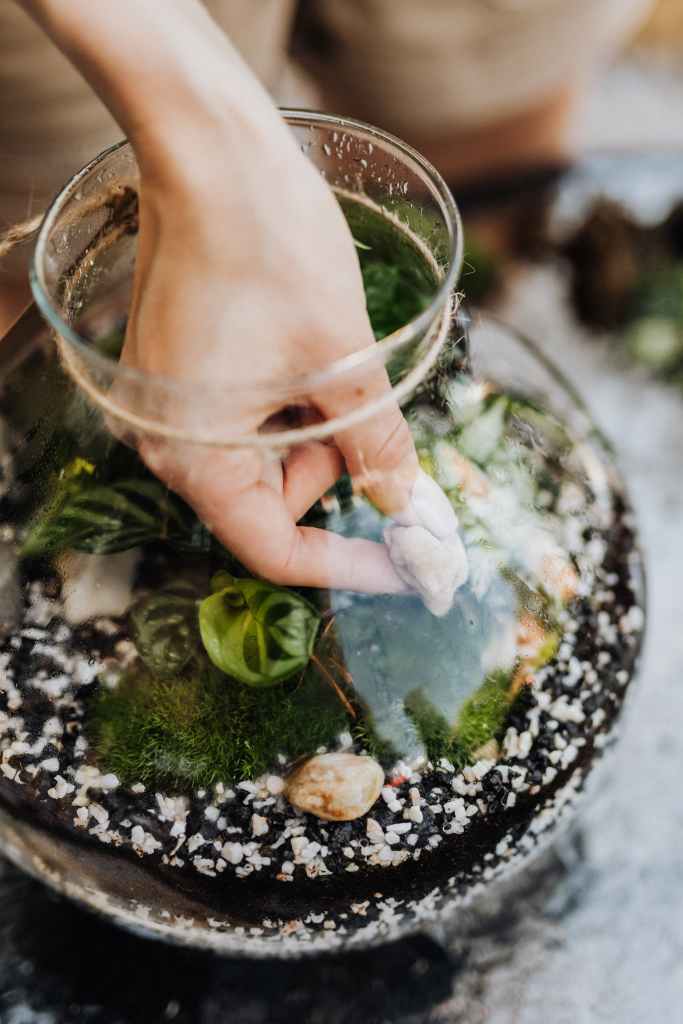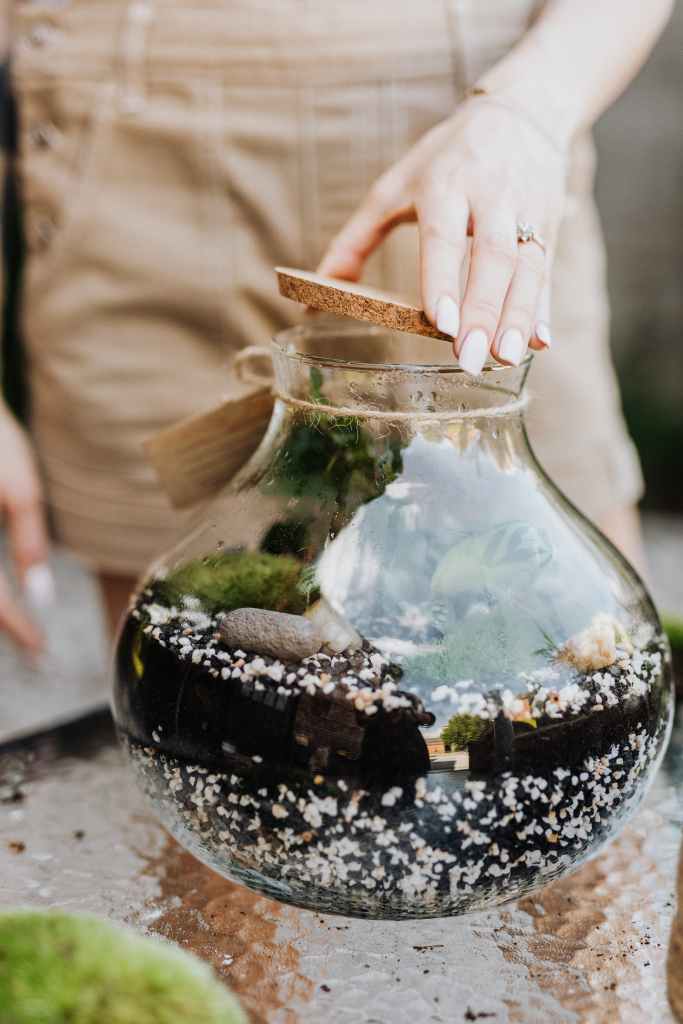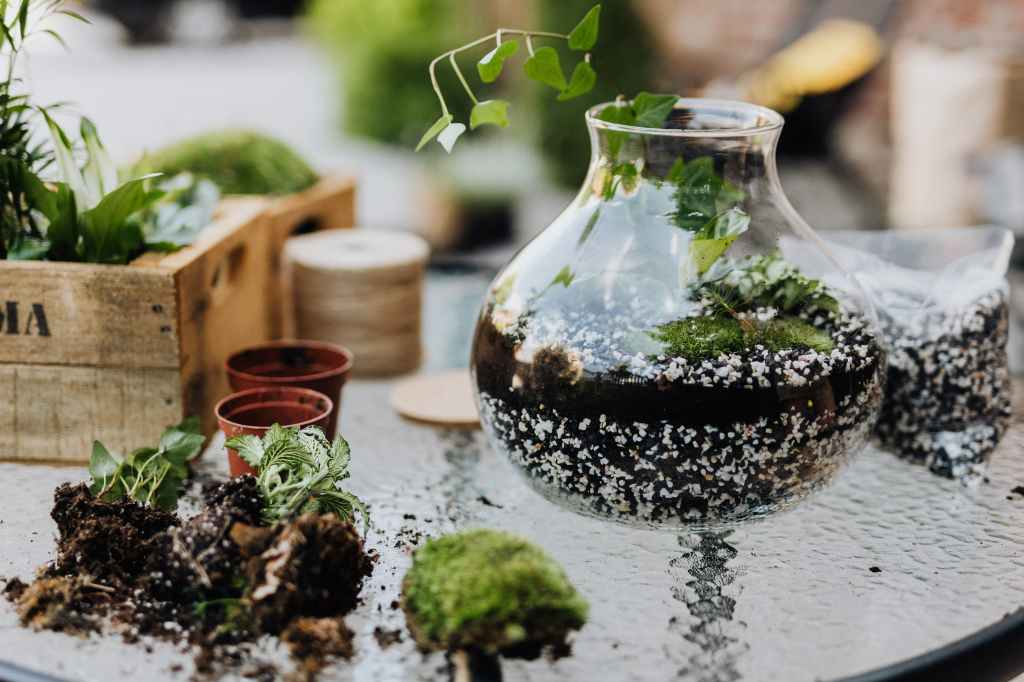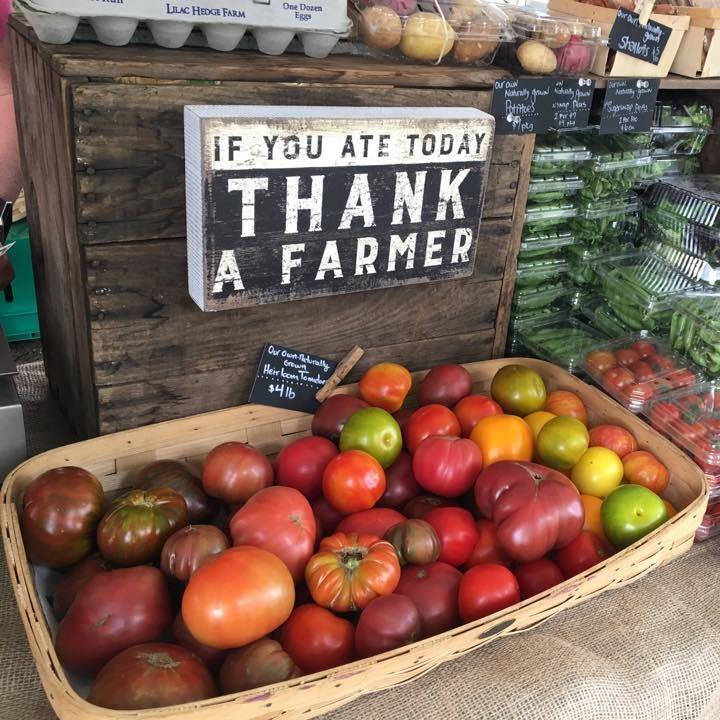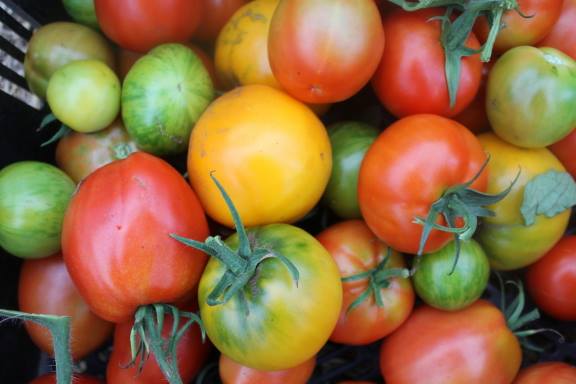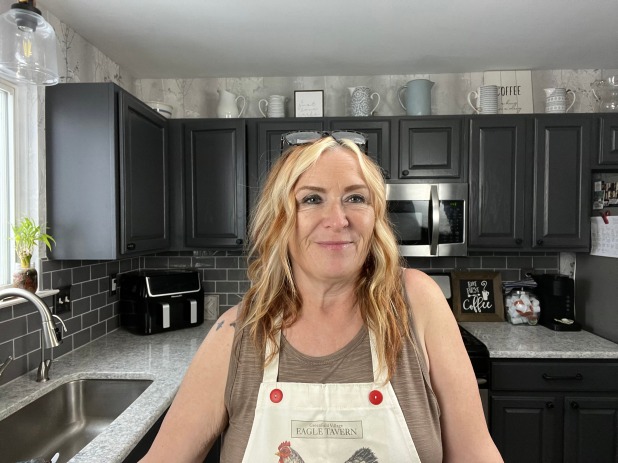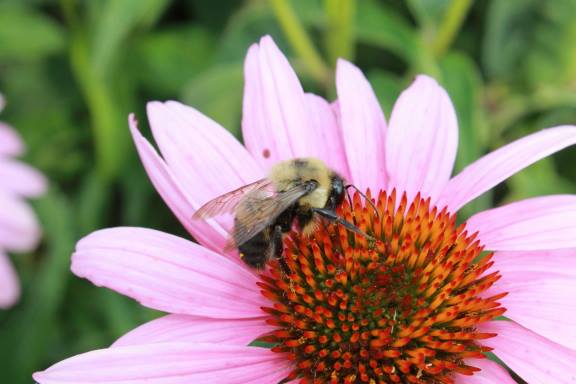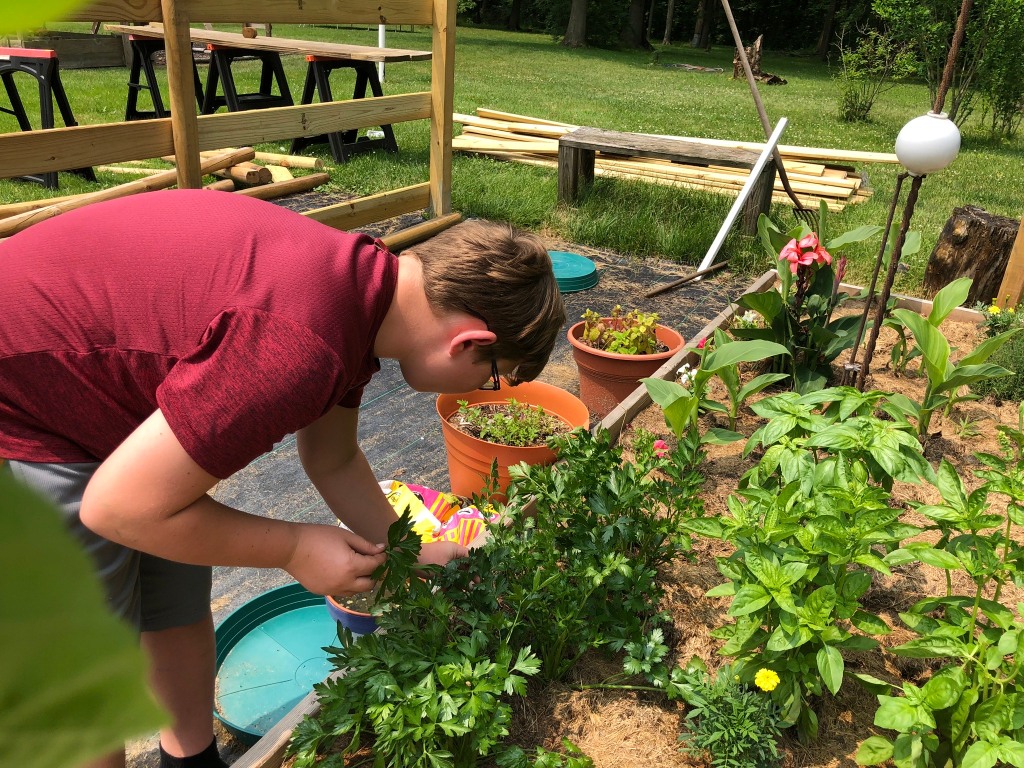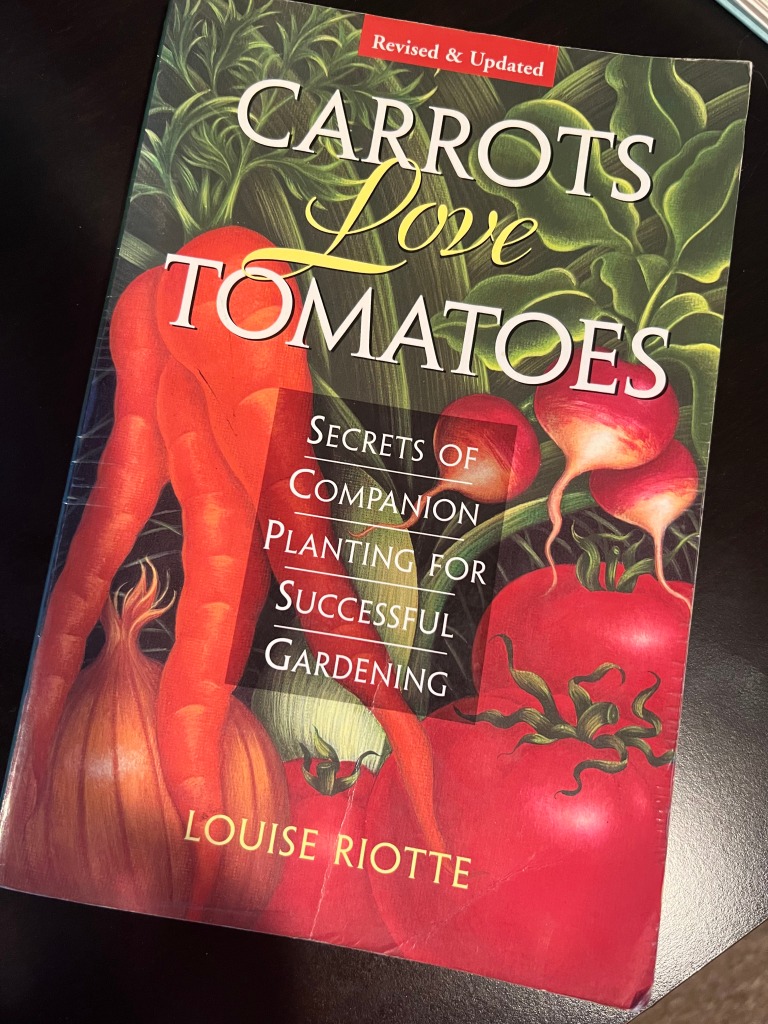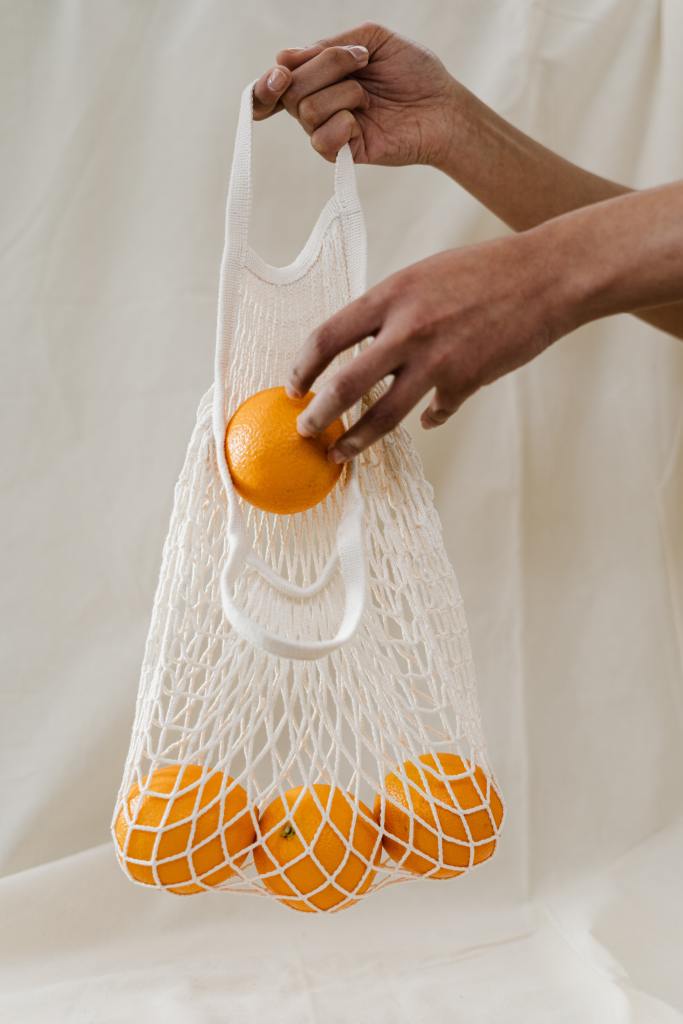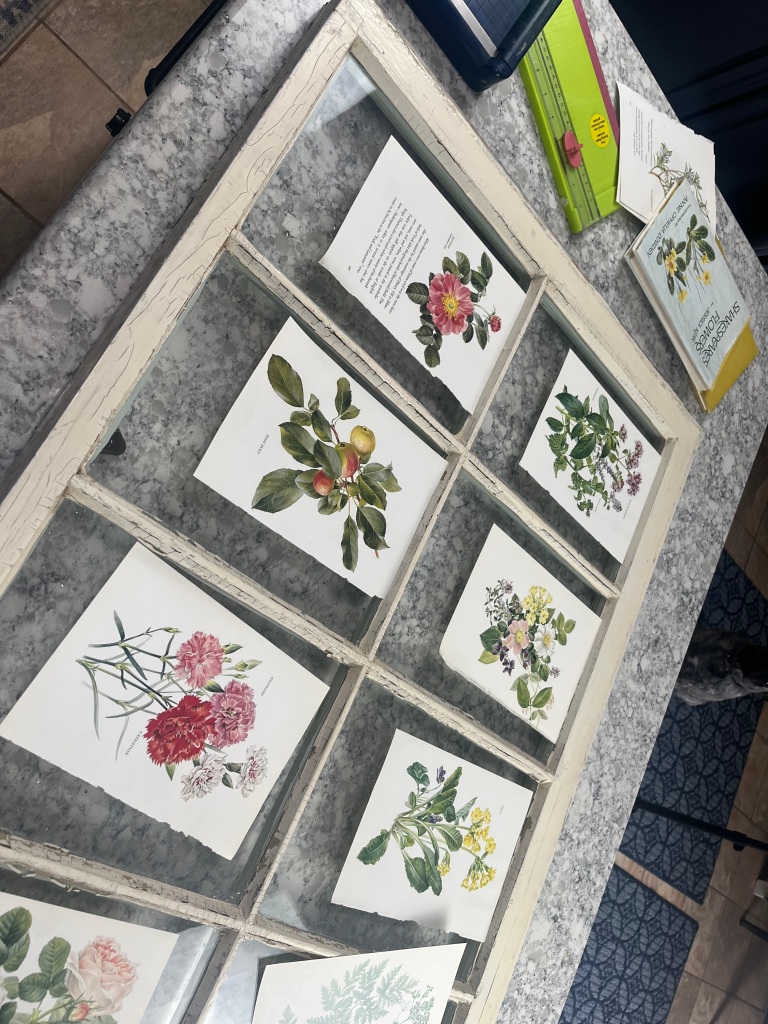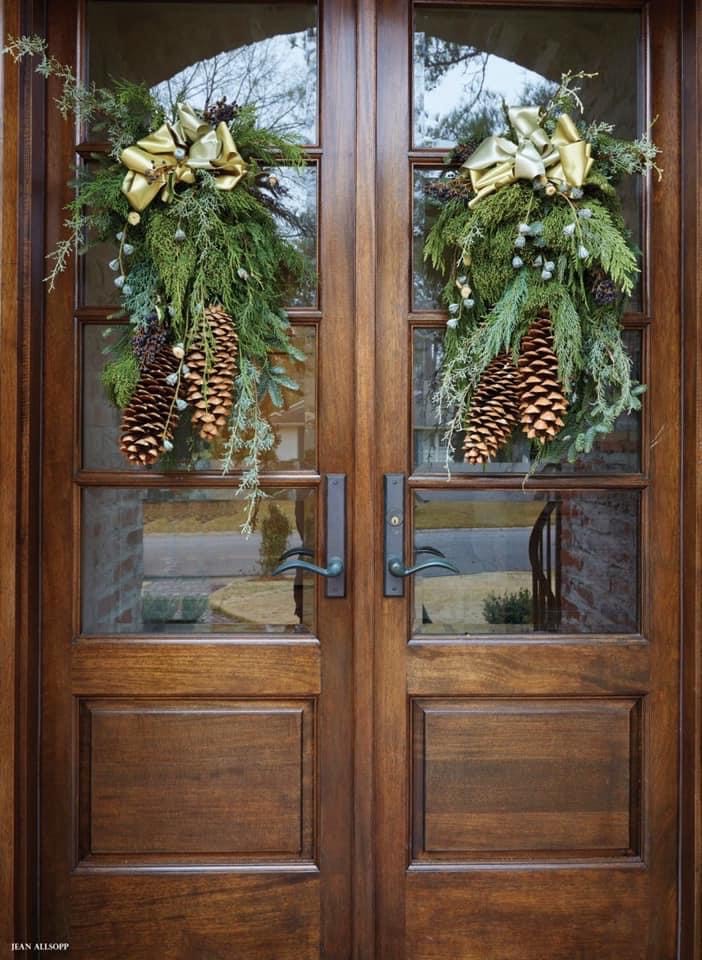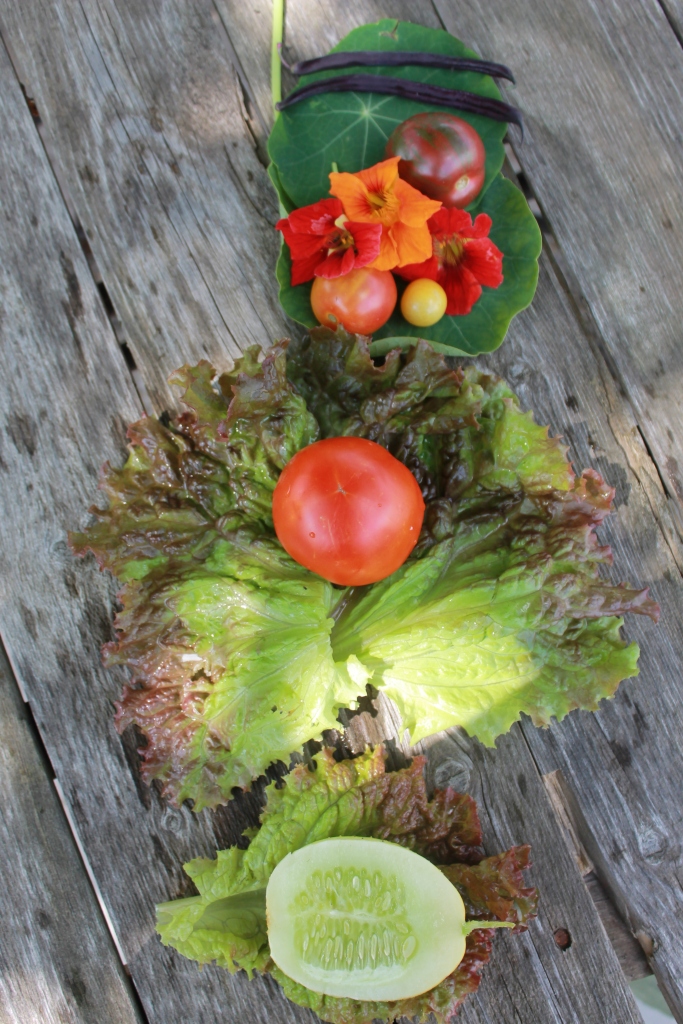
The time to start thinking about creating a natural habitat for our feathered and winged friends is now. Have you ever wondered how to attract hummingbirds and butterflies to your yard? Are you interested in natural habitats and creating a beautiful space that also helps the biodiversity of your community? Well, todays blog post will help you do all of that!

Be sure to check out the other blog posts to this months garden themes. Continuing this months theme of garden types, lets look at the majestic Woodland Garden. If missed the others, just click the links to these interesting and inspiring blog posts on how to create a Fairy Garden, Moon Garden, Asian Inspired, traditional English garden, beautiful water garden, herb garden, woodland garden, and the quaint rock garden. Enjoy friends.
Introduction to hummingbird and butterfly gardens
Creating a hummingbird and butterfly garden is not only a delightful addition to your outdoor space but also a way to support and sustain the local ecosystem. These gardens are designed to provide a welcoming habitat for these beautiful creatures, offering them food, shelter, and water. By following a few simple steps, you can design a garden that not only attracts hummingbirds and butterflies but also promotes a sustainable environment.
Importance of designing a sustainable garden
Check out my Podcast with Tim Travis, owner of Goldner Walsh Garden & Home on how to create a natural habitat!
Designing a sustainable garden goes beyond the aesthetic appeal. It is essential to create a space that supports the natural ecosystem and minimizes the impact on the environment. By incorporating sustainable practices into your garden design, you can reduce water consumption, limit the use of pesticides, and conserve energy. This not only benefits the hummingbirds and butterflies but also contributes to the overall health of the planet.
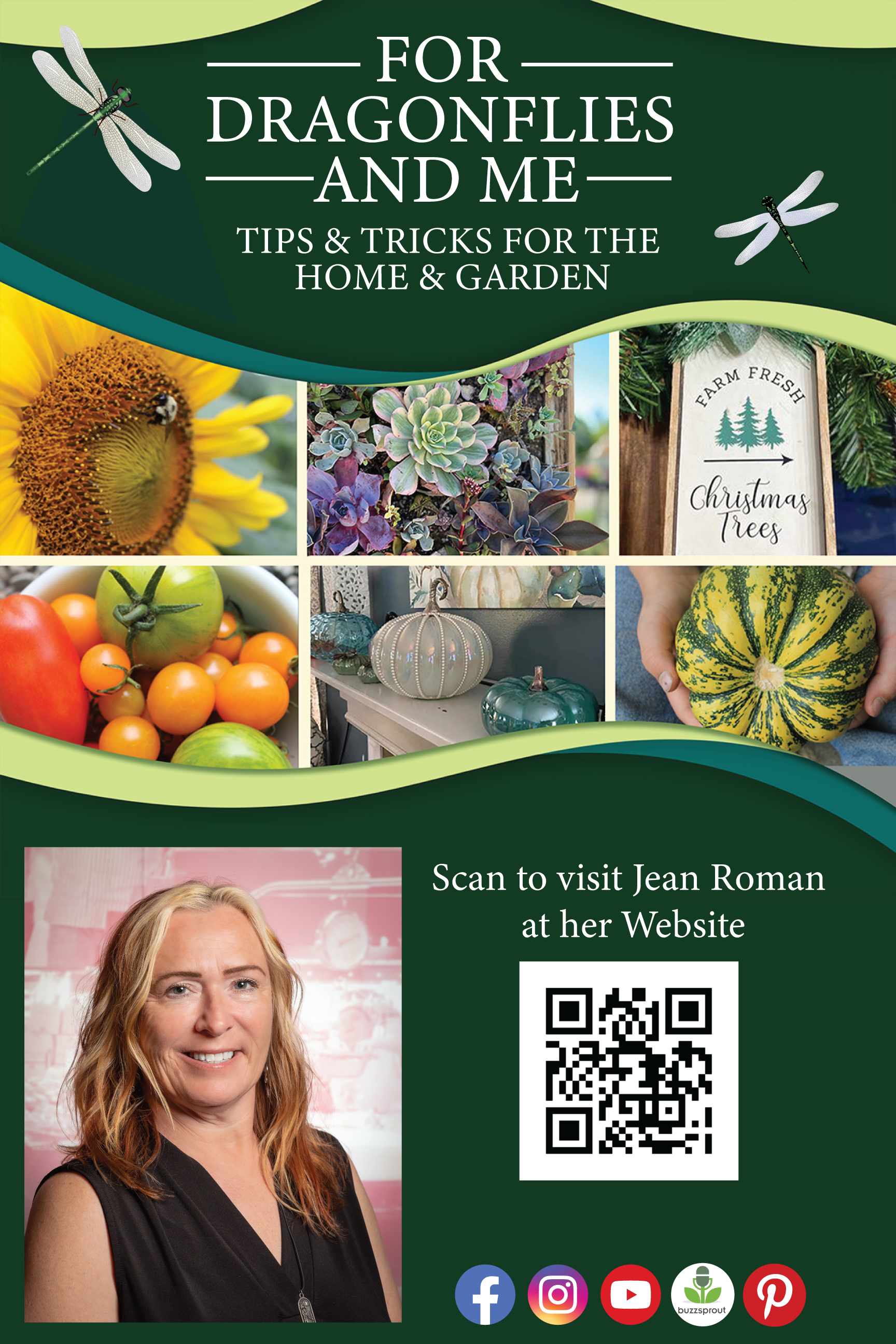
Join the list
Join hundreds of our subscribers and be the first to know about new content and special offers.
Understanding the needs of hummingbirds and butterflies
Hummingbirds and butterflies have specific requirements when it comes to their habitat. Understanding these needs is crucial for designing a garden that attracts and supports these creatures. Hummingbirds are attracted to brightly colored flowers with tubular shapes, as they have long beaks adapted for drinking nectar. Butterflies, on the other hand, prefer flowers with flat, open blooms that provide easy access to nectar. By selecting the right plants, you can cater to the specific needs of both species and create a flourishing garden.
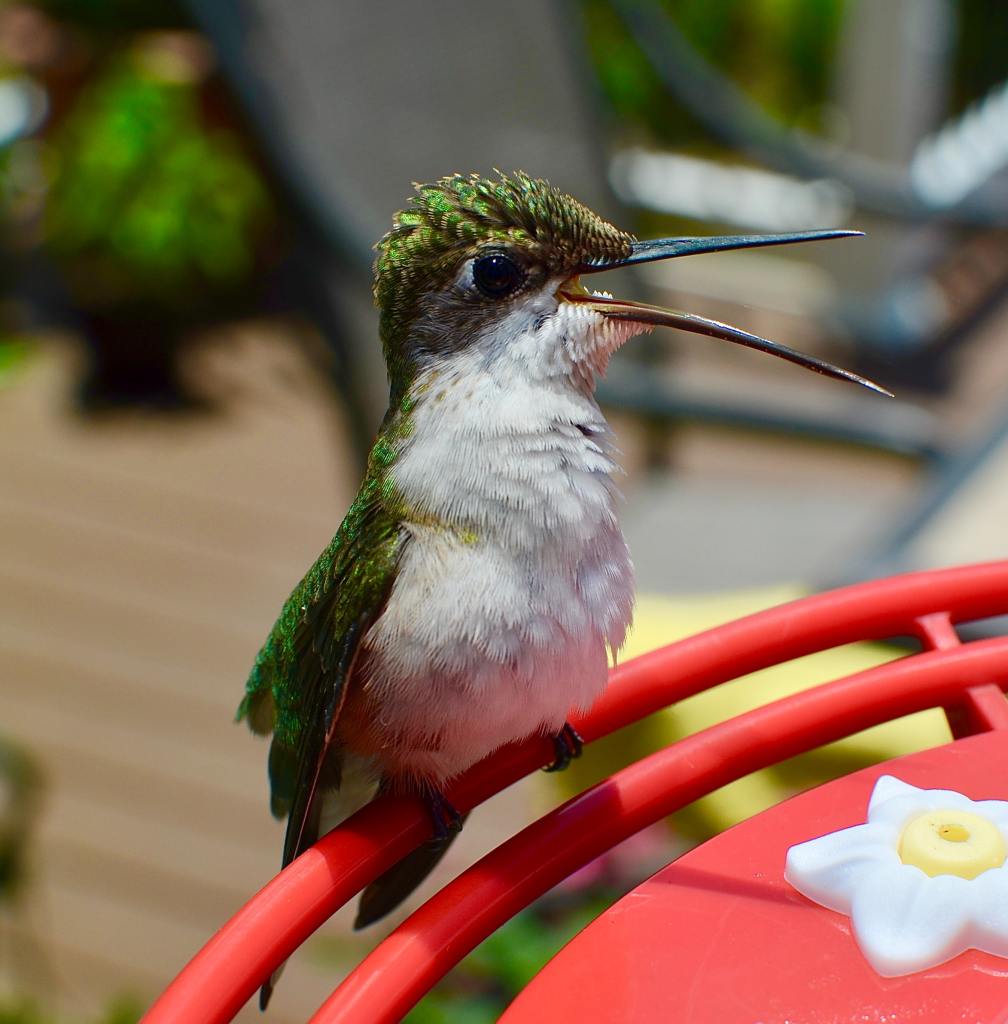
Selecting the right plants for your garden
Choosing the right plants is the key to attracting hummingbirds and butterflies to your garden. Native plants are an excellent choice as they provide a familiar food source for these creatures and require less maintenance. Consider incorporating a variety of flowering plants that bloom at different times throughout the year to ensure a continuous food supply. Some popular choices for attracting hummingbirds include trumpet vine, bee balm, and salvia. Butterflies, on the other hand, are attracted to plants like butterfly bush, milkweed, and coneflowers.
Designing the layout of your garden
The layout of your garden plays a significant role in attracting hummingbirds and butterflies. Create a garden with a diverse range of plants, including both tall and short species. This provides different levels for the creatures to perch and feed. Grouping plants together in clusters can also be beneficial, as it mimics the natural habitat of these creatures. Additionally, consider incorporating pathways and open spaces to allow easy movement and access to the flowers. A well-designed layout will enhance both the aesthetics and functionality of your hummingbird and butterfly garden.
Creating a water source for hummingbirds and butterflies

Water is essential for hummingbirds and butterflies, not only for drinking but also for bathing. Adding a water source to your garden will attract these creatures and provide them with a vital resource. A shallow birdbath or a small pond with rocks or pebbles for perching will suffice. Make sure to keep the water source clean and fresh, and consider adding a small fountain or dripper to create movement, which can be particularly attractive to hummingbirds.
Adding shelter and nesting areas
Hummingbirds and butterflies need sheltered areas to rest and seek protection from the elements. Incorporate trees, shrubs, and tall grasses into your garden to provide these creatures with safe havens. Native trees and shrubs not only offer shelter but also act as host plants for butterfly larvae. Consider planting species like oak, willow, and cherry, which are known to support a variety of butterfly species. By creating a diverse range of habitats, you will encourage hummingbirds and butterflies to not only visit your garden but also establish nests and reproduce.
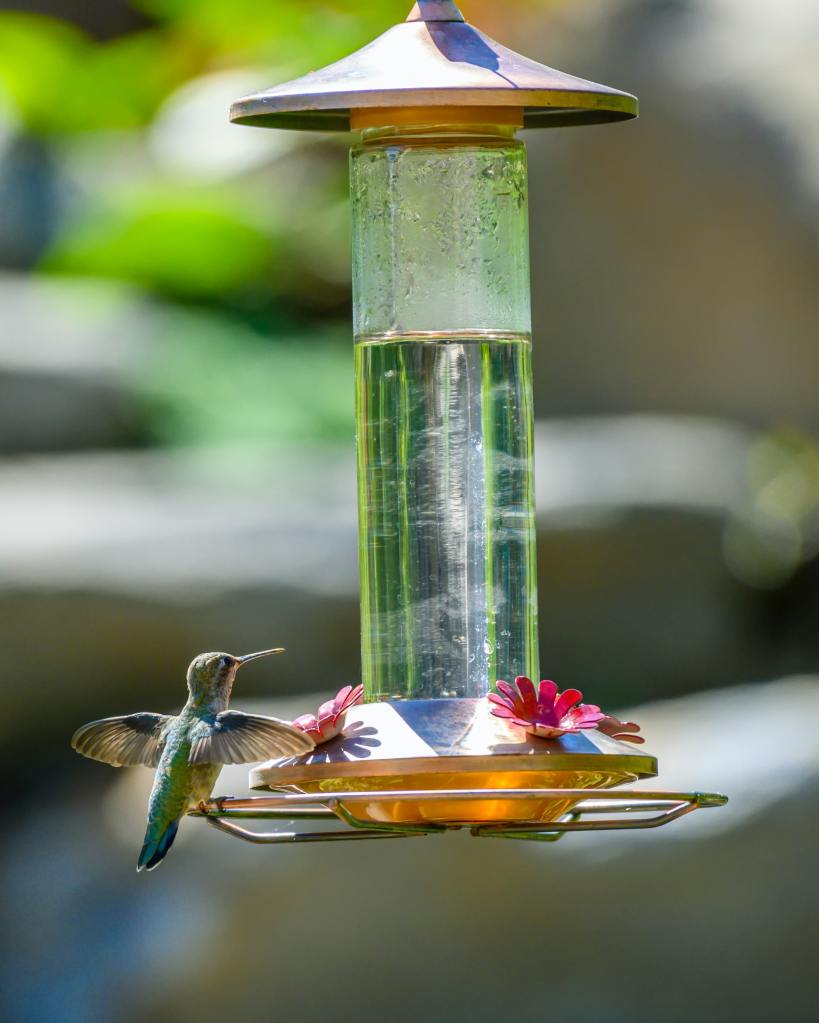
Maintaining your hummingbird and butterfly garden
Maintaining a hummingbird and butterfly garden requires regular care and attention. Keep the garden clean of debris and fallen leaves, as these can create breeding grounds for pests. Regularly inspect your plants for signs of disease or infestation and take appropriate measures if needed. Prune your plants as necessary to promote healthy growth and remove any dead or damaged branches. Also, consider providing supplemental feeding, such as sugar water for hummingbirds, during periods when natural food sources may be scarce.
Attracting other beneficial insects to your garden
Creating a sustainable garden goes beyond hummingbirds and butterflies. By attracting other beneficial insects, you can further enhance the health and diversity of your garden. Ladybugs, bees, and predatory wasps are just a few examples of insects that play a vital role in pollination and pest control. Planting a variety of flowers, herbs, and native grasses will attract these insects and create a balanced ecosystem within your garden. Avoid using chemical pesticides, as they can harm not only the beneficial insects but also the hummingbirds and butterflies you are trying to attract.
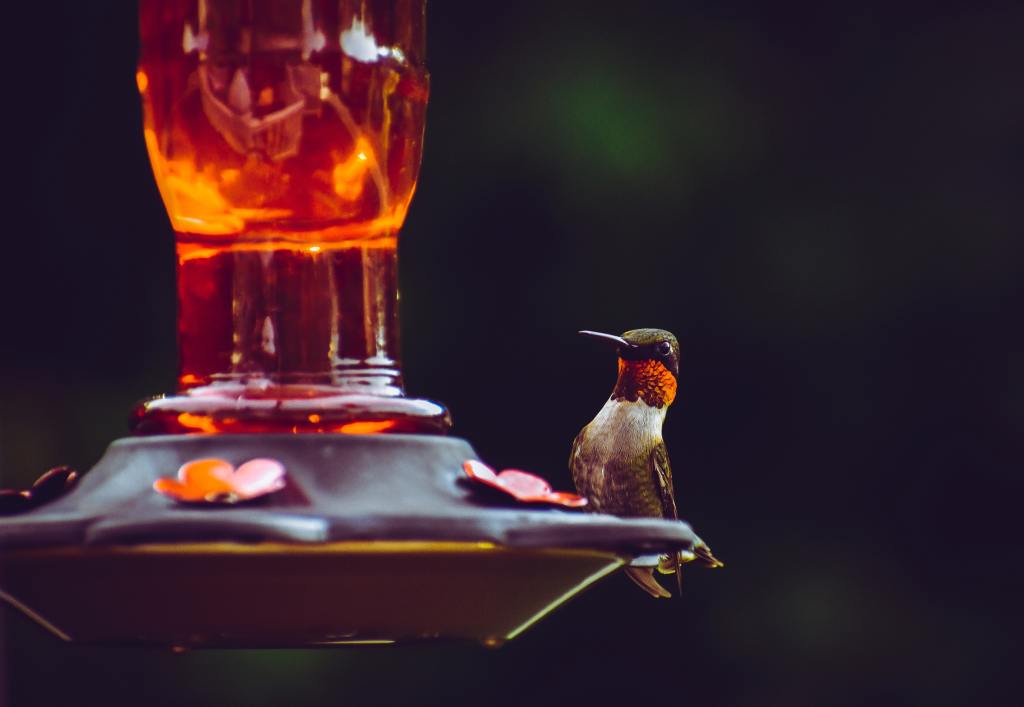
Conclusion: Enjoying the beauty and benefits of a sustainable garden
Designing a hummingbird and butterfly garden is a rewarding endeavor that not only brings beauty and joy to your outdoor space but also contributes to the well-being of these incredible creatures. By following the step-by-step guide outlined above, you can create a sustainable garden that attracts and supports hummingbirds, butterflies, and a myriad of other beneficial insects. Remember to choose the right plants, design a layout that caters to their needs, and provide essential resources such as water and shelter. With proper care and maintenance, you will not only enjoy the vibrant colors and delicate movements of these creatures but also contribute to a healthier and more sustainable environment.
CTA: Start designing your hummingbird and butterfly garden today and experience the beauty and benefits of a sustainable environment.
If you enjoyed this blog , please LIKE, Follow, Share & leave me a comment! I love your feedback!
If you aren’t following me on Facebook & Instagram, go on over & give a LIKE & Follow me for daily tips & tricks for your home & garden!
Remember to eat fresh, shop local, & have a happy day,
Jean
Copyright Policy
All text and images on this site are copyright of For Dragonflies And Me. Unless otherwise noted, you may not use this content



